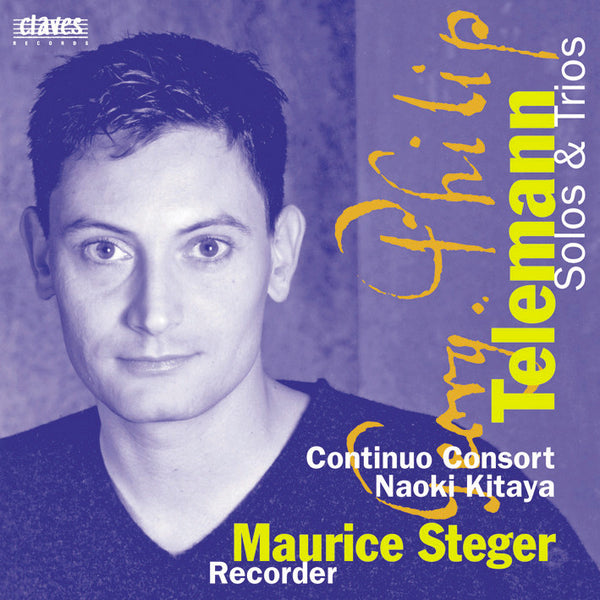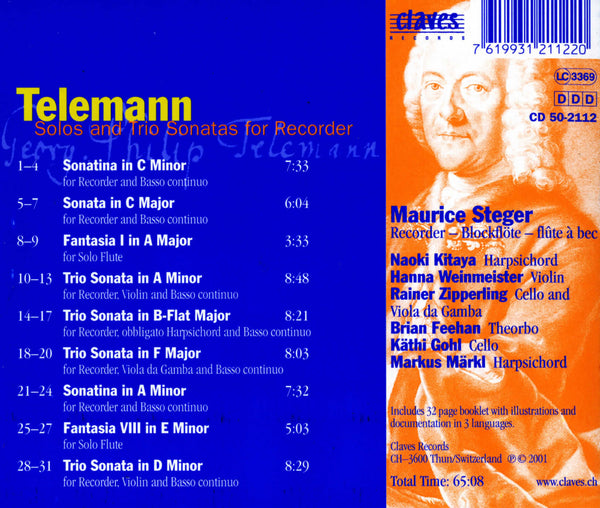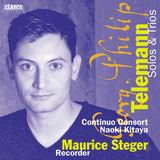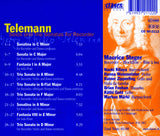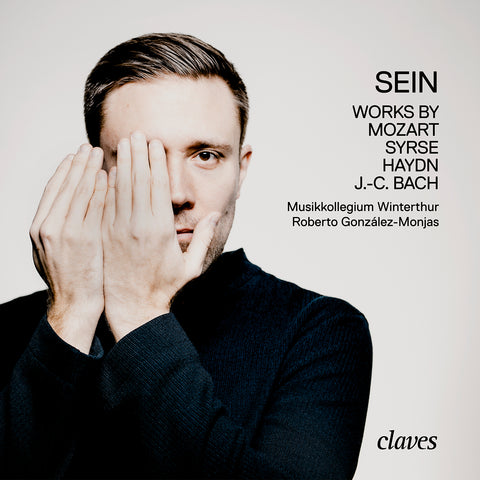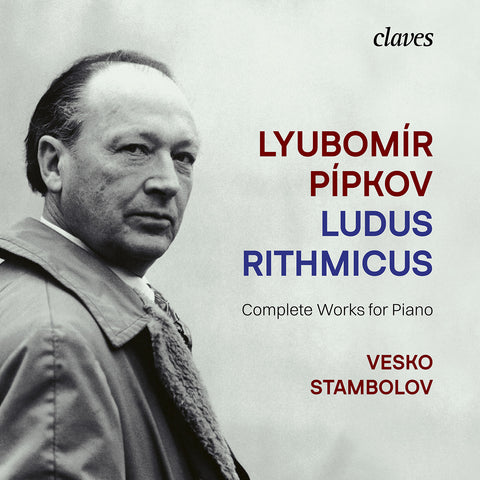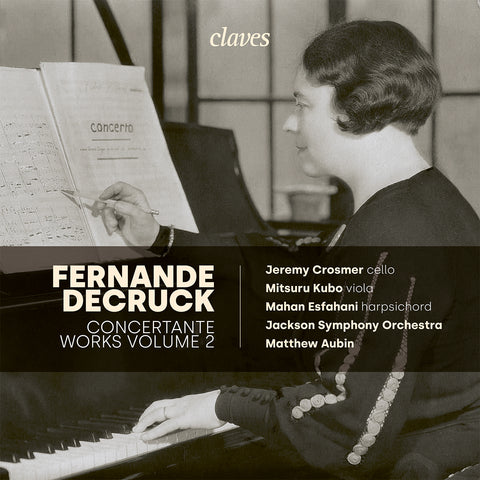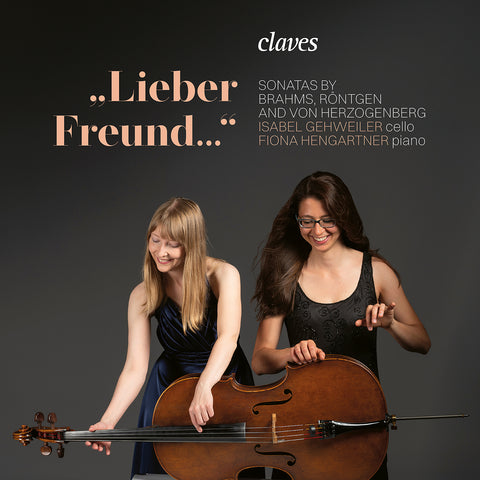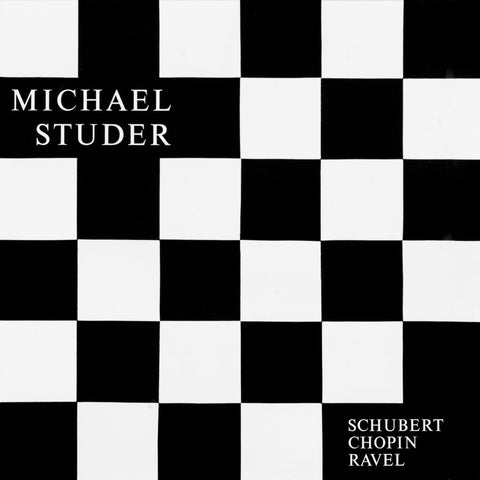(2001) Telemann: Solos & Trio Sonatas for Recorder
CD set: 1
Catalog N°:
CD 2112
Release: 2001
EAN/UPC: 7619931211220
- UPC: 829410487665
This album is now on repressing. Pre-order it at a special price now.
CHF 18.50
This album is no longer available on CD.
This album has not been released yet. Pre-order it from now.
CHF 18.50
This album is no longer available on CD.
This album is no longer available on CD.
VAT included for Switzerland & UE
Free shipping
This album is now on repressing. Pre-order it at a special price now.
CHF 18.50
This album is no longer available on CD.
This album has not been released yet.
Pre-order it at a special price now.
CHF 18.50
This album is no longer available on CD.
This album is no longer available on CD.
NEW: Purchases are now made in the currency of your country. Change country here or at checkout
TELEMANN: SOLOS & TRIO SONATAS FOR RECORDER
Georg Philipp Telemann enjoyed an outstanding reputation and overwhelming popularity during his lifetime, earning even greater acclaim than J.S. Bach or G.F. Händel. Johann Mattheson, the most prolific music critic of the times, stated that «we can acclaim Lully and extol Corelli, but only Telemann is above all praise».
Telemann’s music represents the combination of elements from the «maniera italiana» (lyrical, singing style in arioso cantilenas and ebullient, joyful acrobatics in virtuoso passages) with the French bon goût. Nearly all of Telemann’s compositions are characterized by this «goût mêlé», this «mixed taste», from his opulent orchestral suites to his chamber music compositions for small ensembles.
This recording features a representative selection of works from his repertoire for recorder. They range from the formal settings of four-movement sonatas to freely conceived fantasies for flatuo solo. A number of slow, lyrical pieces embody the ideals of the Italian bel canto, whereas daring solo passages reflect the models of Italian violin virtuosos.
The movements with a dance-like character, on the other hand, illustrate the French influences, and fugato pieces in which imitative counterpoint is employed call forth Telemann’s German contrapuntal heritage. A number of movements also vividly portray the composer’s more humorous side (such as the Spirituoso from the Fantasia in E minor).
These brilliant Baroque masterpieces are performed by Swiss recorder virtuoso Maurice Steger and the Baroque Continuo Consort led by Naoki Kitaya.
Georg Philipp Telemann enjoyed an outstanding reputation and overwhelming popularity during his lifetime, earning even greater acclaim than J.S. Bach or G.F. Händel. Johann Mattheson, the most prolific music critic of the times, stated that «we can acclaim Lully and extol Corelli, but only Telemann is above all praise».
Telemann’s music represents the combination of elements from the «maniera italiana» (lyrical, singing style in arioso cantilenas and ebullient, joyful acrobatics in virtuoso passages) with the French bon goût. Nearly all of Telemann’s compositions are characterized by this «goût mêlé», this «mixed taste», from his opulent orchestral suites to his chamber music compositions for small ensembles.
This recording features a representative selection of works from his repertoire for recorder. They range from the formal settings of four-movement sonatas to freely conceived fantasies for flatuo solo. A number of slow, lyrical pieces embody the ideals of the Italian bel canto, whereas daring solo passages reflect the models of Italian violin virtuosos.
The movements with a dance-like character, on the other hand, illustrate the French influences, and fugato pieces in which imitative counterpoint is employed call forth Telemann’s German contrapuntal heritage. A number of movements also vividly portray the composer’s more humorous side (such as the Spirituoso from the Fantasia in E minor).
These brilliant Baroque masterpieces are performed by Swiss recorder virtuoso Maurice Steger and the Baroque Continuo Consort led by Naoki Kitaya.
Return to the album | Main Artist: Maurice Steger







